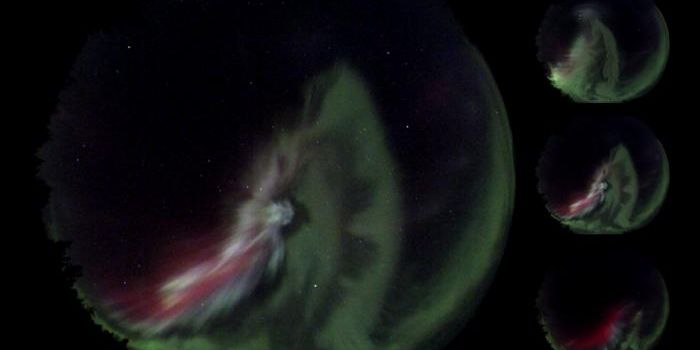"Biodegradable" and "compostable" fabrics don't break down in the ocean
As fast fashion and production of goods ramps up around the world, textiles are an increasingly large portion of the waste that accumulates in landfills and spills out into other areas such as oceans. In 2018, textiles accounted for 5.8 percent of total municipal solid waste generated that year, totaling 17 million tons.
A recent study looked at the ability of different types of fabrics to biodegrade in the ocean. The study found that natural and wood-based cellulose fabrics broke down within a month. However, synthetic textiles did not break down — even after more than a year in the ocean.
Bio-based plastic, oil-based plastic and synthetic fabric blends did not degrade during the experiment length of 428 days. In particular, bio-based plastics containing polylactic acid (PLA) have been marketed as being biodegradable and compostable. These plastics are often made from renewable resources such as cornstarch or sugar cane, and have been touted as a sustainable replacement for oil-based plastic.
The study showed that this claim is not true, and verified the unfortunate staying power of plastic when used in manufacturing.
"What might biodegrade in an industrial setting does not necessarily biodegrade in the natural environment and can end up as marine and environmental pollutants,” said lead author Sarah-Jeanne Royer.
Taken with the fact that approximately 62 percent of textiles are now made from plastic fibers and blends, this discovery has vast implications for the future health of global ecosystems.
The study’s authors focused on the ability of textiles to degrade in the ocean as large portions of these discarded materials often end up in the ocean after they have been discarded. They note that microplastics, in particular, have the potential to negatively impact marine ecosystems by spreading over long-distance invasive species.
“Positively buoyant plastics are just the tip of the iceberg, as a large proportion of the waste is estimated to reach deep-sea waters, where the fate and ecological impact of macro- and micro-plastics remain primarily unknown,” the paper explains.
Sources: EPA, PLOS ONE, Science Daily








